The Man Who Mentored da Vinci Receives First U.S. Retrospective
National Gallery of Art spotlights Andrea del Verrocchio, a skilled sculptor and painter whose individual accomplishments have long been overlooked
:focal(521x870:522x871)/https://tf-cmsv2-smithsonianmag-media.s3.amazonaws.com/filer/a5/4a/a54a1e35-aeba-4b78-a5c6-178afd0c2319/mfizodgplai6tda4pshopbnyku.jpg)
Leonardo da Vinci, Michelangelo and Raphael are widely considered the greatest artists of the Italian Renaissance. But this triumvirate of creative genius didn’t develop in isolation: As a new exhibition at the National Gallery of Art points out, all three men owe a significant debt to a lesser-known Old Master—namely, Andrea del Verrocchio, a painter, sculptor, and teacher whose students included the likes of Leonardo, as well as Pietro Perugino and Domenico Ghirlandaio, future mentors of Michelangelo and Raphael, respectively.
Verrocchio: Sculptor and Painter of Renaissance Florence marks the first comprehensive U.S. retrospective dedicated to the artist. Featuring some 50 paintings, sculptures and sketches, the show offers insights on both Verrocchio’s individual oeuvre and his contributions to the Italian city’s unparalleled artistic output.
Crucially, as Philip Kennicott writes for the Washington Post, curator Andrew Butterfield avoids framing the Old Master “as merely an influence on, or progenitor of, greater things to come”; instead, the show emphasizes its subject’s singular skill, acknowledging his impact on later artists but placing the focus on such innovations as his impossibly dynamic sculptural drapery, detailed renderings of texture and masterful sfumato shading.
Born in Florence around 1435, Verrocchio trained as a goldsmith but soon shifted his attention to a diverse range of art forms. (While biographer Giorgio Vasari identified the versatile Florentine primarily as “a goldsmith, a master of perspective, a woodcarver, a painter and a musician,” his talents also included architecture, geometry and draftsmanship.)
First and foremost a sculptor, Verrocchio crafted works ranging from a bronze statue of David carrying the head of Goliath to tombs for members of the illustrious Medici family and a marble rendering of a “Lady With Flowers.” Per the Wall Street Journal’s Brenda Cronin, this last piece, sculpted in 1475 and now on view at the D.C. gallery, was one of the first to depict its sitter’s arms and hands—a style quickly copied by the artist’s contemporaries.
Another statue on display, titled “Putti With a Dolphin,” remains eye-catching regardless of where visitors are standing in relation to it. According to the Observer’s David D’Arcy, the work boasts a so-called “spiral construction” designed to be appreciated from multiple standpoints.
Verrocchio’s sculptures are all the more impressive considering the fact that he cast them himself, often from just a single mold. As the Post’s Kennicott notes, Florentine sculptors of the period rarely cast their own works, preferring to leave this final step to separate artisans.
Although Verrocchio’s main artistic interest was sculpture, his workshop—staffed by apprentices such as Leonardo, Perugino and Sandro Botticelli—also produced paintings. The senior artist was responsible for sketching out general designs, but he left the majority of scenes’ execution to his younger students; once the bulk of the work was completed, Verrocchio stepped in to add finishing touches. This collaborative process enabled burgeoning artists to fine-tune their skills under the guidance of a master.
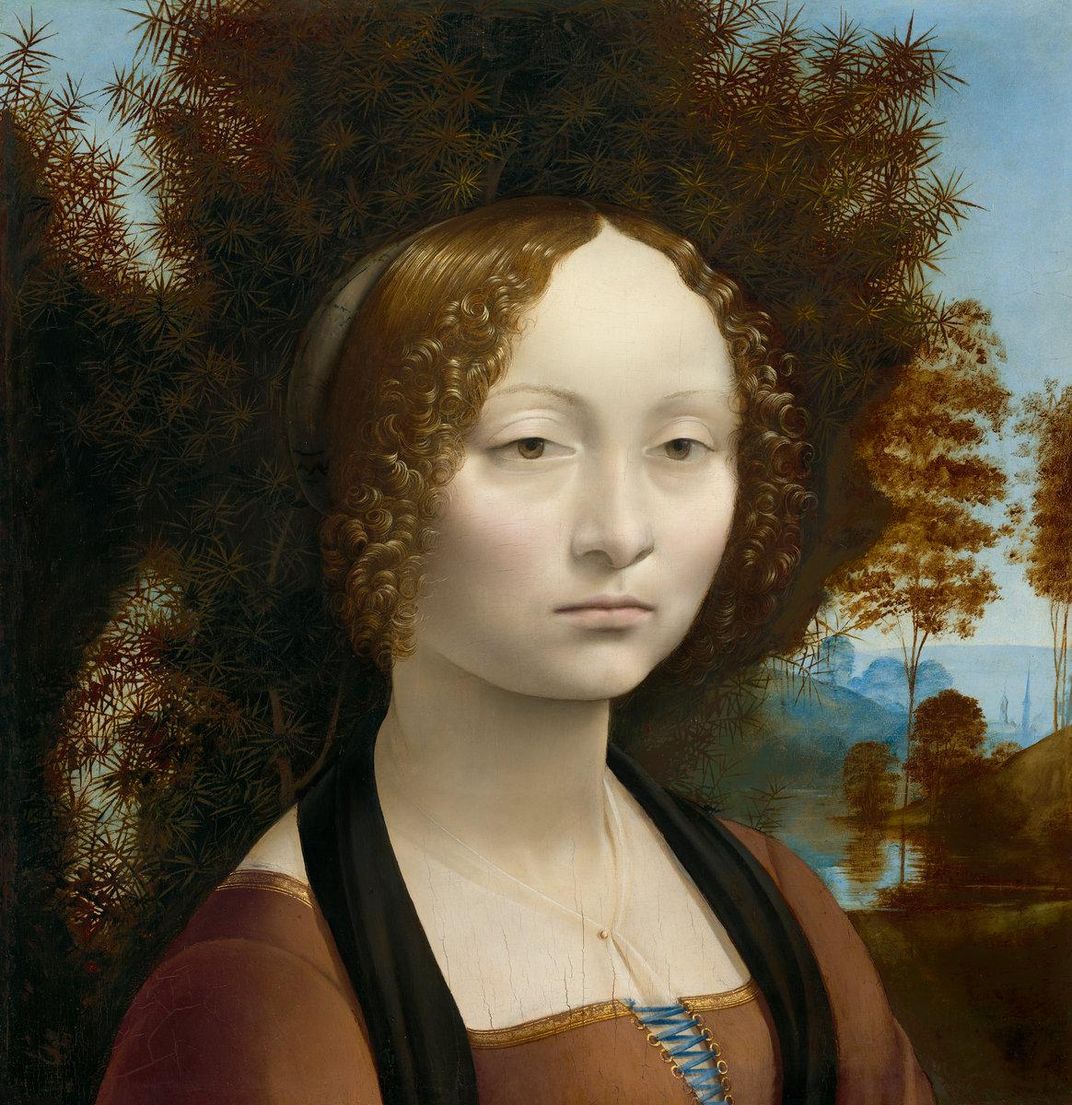
Speaking with the Observer, Butterfield describes Verrocchio’s workshop as a “laboratory for the art of the High Renaissance.” He notes, “You would have in one corner Leonardo, working on something. In another corner, you’d have Perugino. At some point around then, [Sandro] Botticelli was also there. So, in a relatively small space you had all these budding geniuses.”
According to a press release, the exhibition juxtaposes three works related to female beauty: “Lady With Flowers,” a black-chalk drawing titled “Head of a Woman With Braided Hair” and da Vinci’s “Ginevra de’ Benci.” (The last of these, a portrait painted by the artistic luminary during the mid-1470s, is the only da Vinci painting on public view in the U.S.) Despite the fact that each was crafted in a different medium, there are definite similarities between them, perhaps most prominently in shading, texture and the figures’ intangible pathos.
“Verrocchio was a visionary,” Butterfield says in the statement. “He had a restless imagination and a relentless drive to experiment and improve on what he or anyone else had done before. But he was also like the maestro of an orchestra who could bring together many talents and draw forth the best from them.”
Verrocchio: Sculptor and Painter of Renaissance Florence is on view at the National Gallery of Art from September 15 through January 12, 2020.
/https://tf-cmsv2-smithsonianmag-media.s3.amazonaws.com/accounts/headshot/mellon.png)
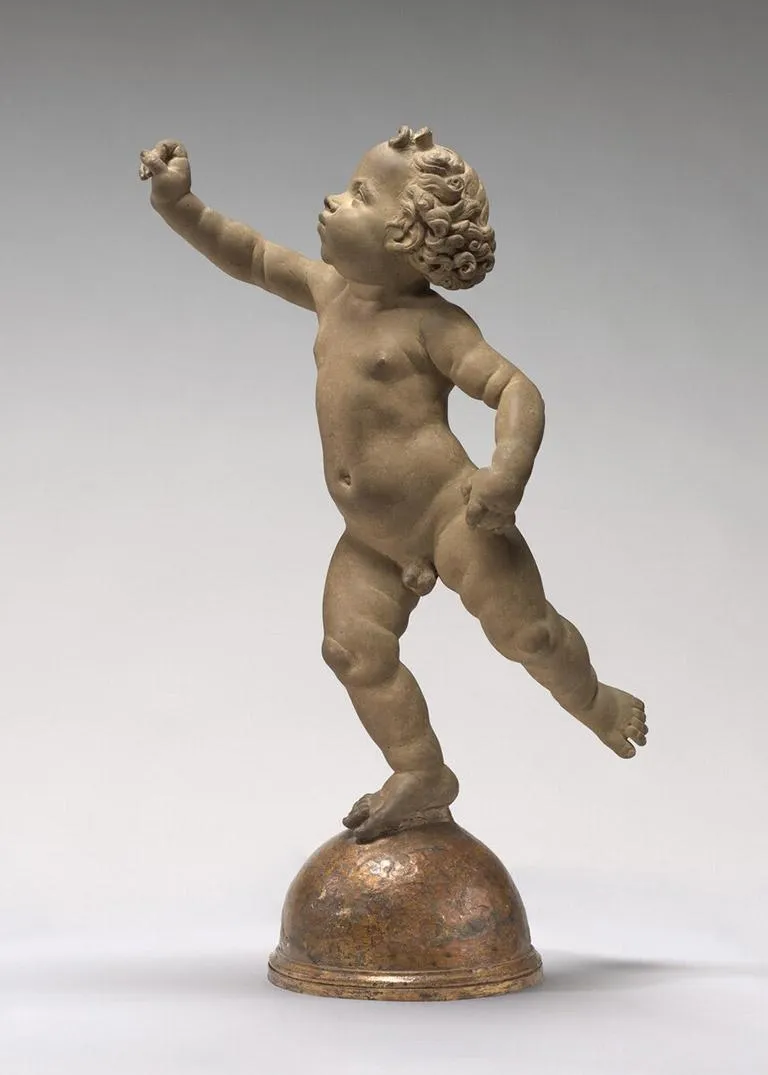
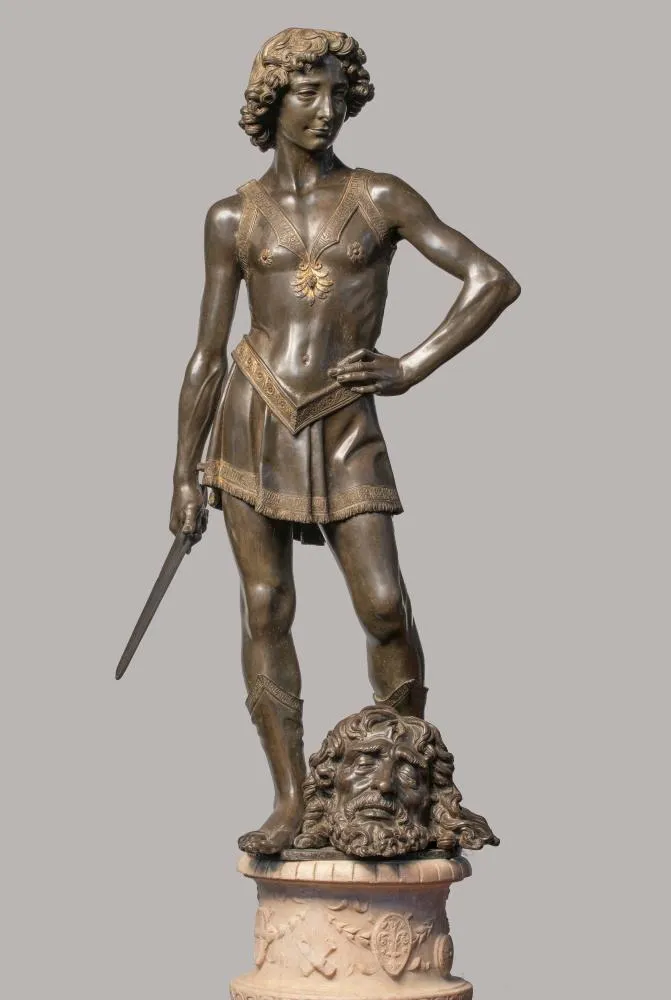
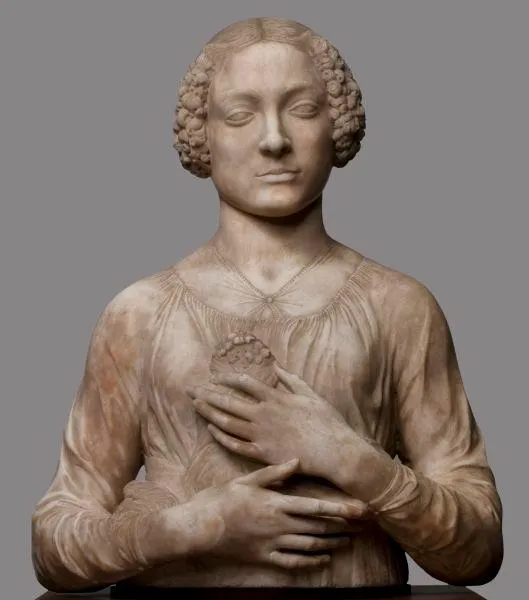
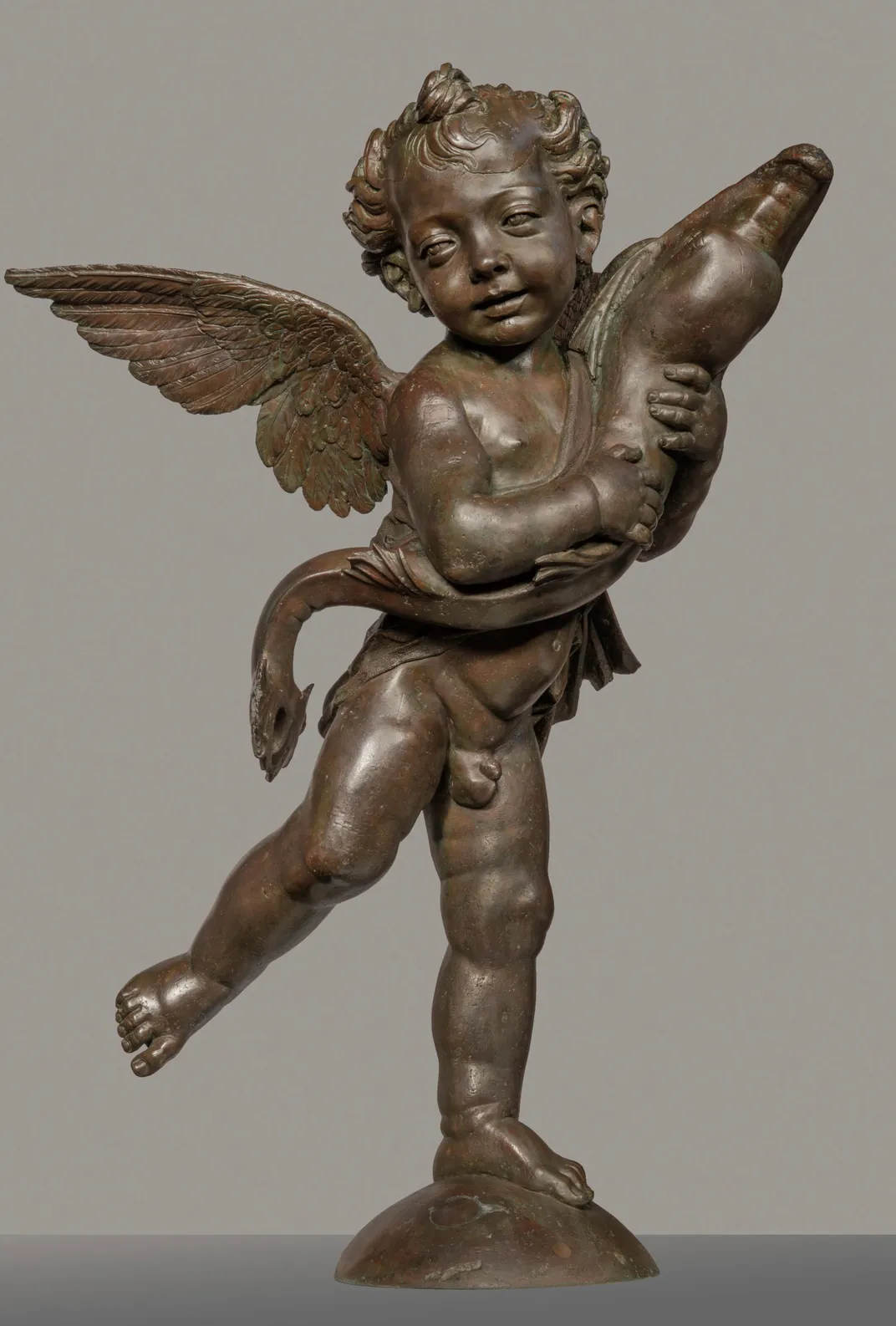
/https://tf-cmsv2-smithsonianmag-media.s3.amazonaws.com/accounts/headshot/mellon.png)